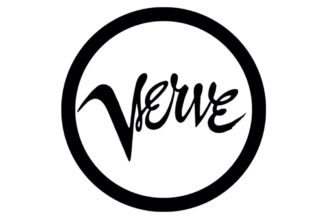Visual Arts
Solo art exhibition with bias for delicate designs
Friday August 04 2023

Queen Anne’s Lace artowrk at One Off Gallery in Nairobi by Mandy Bonnell from her ‘Fragile Things’ exhibition on August 1, 2023. PHOTO | POOL
Mandy Bonnell has been in and out of Kenya since 1990 when she first met Gallery Watatu co-founder Yony Waite, who invited her to Lamu to assist her in setting up the printing press at Waite’s wildebeest workshop.
“That trip changed my life forever,” the artist told BDLife at the opening of Bonnell’s second solo art exhibition entitled ‘Fragile Things’.
So named because she is focused on seemingly incidental yet delicate things like stems of grass and petticoat hems.
The entire exhibition reflects Bonnell’s fascination with delicate designs of everything from punctuation marks to wildflowers like the Queen Anne’s Lace to actual lace patterns.
Her meticulously drawn lace patterns are of particular significance to this show since they not only reflect her intersecting interests in the textile and the floral designs that feature so prominently in practically every piece of lace that she could find.
They also embody her concern for the unsung women who created the lace with painstaking care for perfection and botanical accuracy.
“I have always been interested in women artists,” she says. “After all, I am one!” she adds with a twinkle in her eye, noting she has been a professional artist for more than 25 years.

Mandy Bonnell at One Off Gallery in Nairobi on August 1, 2023. PHOTO | POOL
Having studied fine art at the Royal Academy of Art in London where she received two degrees, the first in painting, and the second in printmaking.
“I never liked painting much. I prefer drawing,” says Bonnell who reveals the intensity of her interest in that skill in this incredible exhibition.
Pieces like her series of diptychs (with one half featuring elegantly drawn pieces of lace, the other with various punctuation marks all lined up in horizontal rows and vertical columns) are all hand-drawn with sharpened graphite pencils onto 100 percent cotton rag paper handmade either in Italy, France or the UK.
Bonnell admits that her kind of work is slow-going. One only needs to see it to appreciate how such a show could take several years to assemble.
But her drawing, which she defines as mixed media including collage, is only a fraction of what goes into such an exhibition.
Being a scholar and professor of fine art at Bath University, she has felt compelled to do research. She has done it for this show everywhere from Venice at the Burano Lace Museum to London at the Natural History Museum to New York at the Cooper-Hewlitt Museum of Textile and Design.
In a follow-up interview, Bonnell explains that this exhibition came in large part as a response to an exhibition of lacework and embroidery that she saw at the Cooper-Hewlitt.

Repaired Lace Hem by Mandy Bonnell at One Off Gallery on August 1, 2023. PHOTO | POOL
Realising that all this extraordinary handwork was done by women, she noted that times are changing such that women textile artists are no longer being defined as craftswomen.
They are increasingly being recognised as fine artists.
But for centuries, millennia even, women’s artistry has been unsung, unnamed, ignored and taken for granted.
She recalls how she found the notebooks left by Mary Delaney, a woman of the 27th century who collected wildflowers by the hundreds and assembled them so impressively that they were picked up by the British Museum and it is there that they have found a permanent home.
Yet in her lifetime, that botanical catalogue wasn’t seen as scientifically significant. It was just a woman’s hobby, but now, her name will not be lost; now she is one among thousands of so-called craft women or hobbyists.









